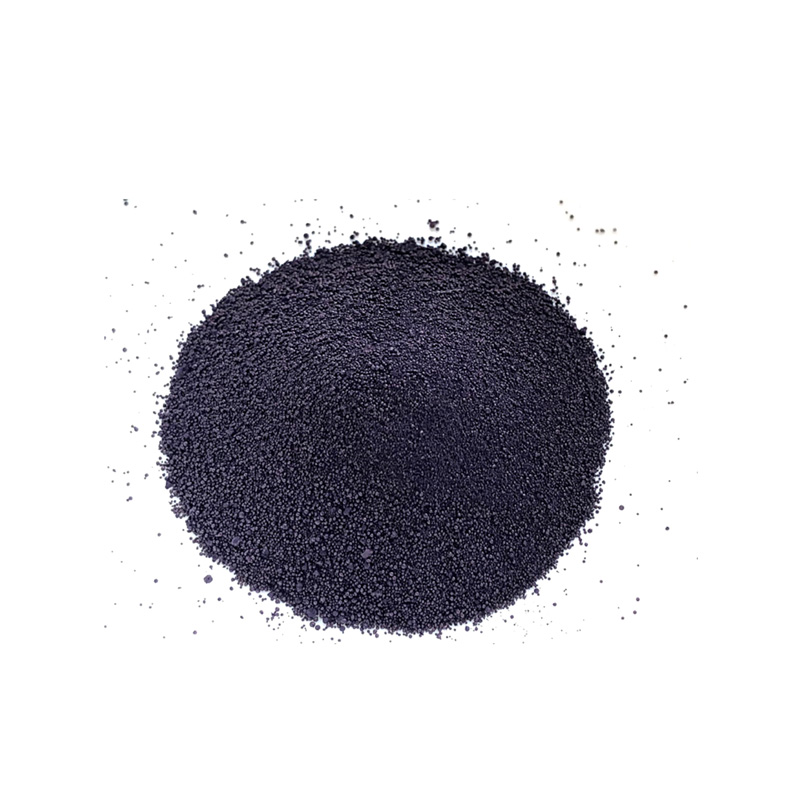Safety Data Sheet for Sulphur Black Chemical Information and Handling Guidelines
Understanding the Safety and Handling of Sulphur Black A Comprehensive Guide for Companies
Sulphur Black is a widely used dye in the textile industry, known for its deep black color and excellent fastness properties. It is often employed in the dyeing of cotton and other cellulose fibers. While its effectiveness makes it a popular choice among manufacturers, it is crucial to understand the safety protocols associated with its handling. This article will summarize the key points from the Material Safety Data Sheet (MSDS) relevant to sulphur black, enabling companies to maintain safety and compliance in their operations.
Chemical Properties and Hazards
Sulphur black is a complex organic compound and typically appears as a powdered solid or granule. It is primarily utilized in the dyeing process due to its ability to produce long-lasting colors. However, like many chemical substances, it poses certain health and safety risks. According to the MSDS, the following hazards are associated with sulphur black
1. Health Risks Prolonged or repeated inhalation of sulphur black dust can lead to respiratory issues. Skin contact may cause irritation, while ingestion can result in serious gastrointestinal disturbances. Therefore, appropriate personal protective equipment (PPE), such as gloves, goggles, and masks, is recommended during handling.
2. Environmental Risks Sulphur black can be harmful to aquatic life, and care must be taken to prevent it from entering water sources. Companies must comply with local environmental regulations regarding waste disposal and effluent treatment.
3. Flammability While sulphur black is generally considered stable, it can pose a fire risk in case of improper storage or exposure to extreme temperatures. It should be kept away from ignition sources and stored in a cool, dry place.
Storage and Handling Guidelines
To minimize risks associated with sulphur black, companies should implement stringent storage and handling protocols
- Inventory Control Maintain an up-to-date inventory of sulphur black and ensure that all containers are labeled correctly with appropriate hazard warnings
.sulphur black msds company

- Storage Conditions Store the chemical in a well-ventilated area, away from incompatible materials such as oxidizers. Ensure that storage facilities are equipped with spill containment measures.
- Training Employees Implement comprehensive training programs for employees who handle sulphur black. They should be informed about the potential hazards and trained in emergency response procedures, including proper first-aid measures.
Emergency Response Measures
In the event of an accidental release or exposure to sulphur black, swift action is critical. The MSDS outlines the following emergency response measures
- Inhalation If someone inhales sulphur black dust, they should be moved to an area with fresh air immediately. If they experience difficulty breathing, seek medical attention.
- Skin Contact In case of skin contact, wash the affected area with plenty of soap and water. Remove contaminated clothing and seek medical advice if irritation persists.
- Eye Contact If the substance enters the eyes, rinse immediately with water for at least 15 minutes and seek medical help.
- Spillage In the case of a spill, avoid creating dust. Limit access to the spill area, and use appropriate methods such as vacuum systems or wet sweeping to clean it up. Dispose of the collected material according to local regulations.
Conclusion
Effective management of sulphur black requires a thorough understanding of its properties, potential hazards, and safety precautions. Companies in the textile industry must prioritize compliance with MSDS guidelines to ensure the health and safety of their employees and the environment. By implementing robust training and emergency response protocols, organizations can mitigate risks associated with this effective yet hazardous dye. Ultimately, a commitment to safety not only protects the workforce but also promotes sustainable industry practices.
-
The Timeless Art of Denim Indigo Dye
NewsJul.01,2025
-
The Rise of Sulfur Dyed Denim
NewsJul.01,2025
-
The Rich Revival of the Best Indigo Dye
NewsJul.01,2025
-
The Enduring Strength of Sulphur Black
NewsJul.01,2025
-
The Ancient Art of Chinese Indigo Dye
NewsJul.01,2025
-
Industry Power of Indigo
NewsJul.01,2025
-
Black Sulfur is Leading the Next Wave
NewsJul.01,2025

Sulphur Black
1.Name: sulphur black; Sulfur Black; Sulphur Black 1;
2.Structure formula:
3.Molecule formula: C6H4N2O5
4.CAS No.: 1326-82-5
5.HS code: 32041911
6.Product specification:Appearance:black phosphorus flakes; black liquid

Bromo Indigo; Vat Bromo-Indigo; C.I.Vat Blue 5
1.Name: Bromo indigo; Vat bromo-indigo; C.I.Vat blue 5;
2.Structure formula:
3.Molecule formula: C16H6Br4N2O2
4.CAS No.: 2475-31-2
5.HS code: 3204151000 6.Major usage and instruction: Be mainly used to dye cotton fabrics.

Indigo Blue Vat Blue
1.Name: indigo blue,vat blue 1,
2.Structure formula:
3.Molecule formula: C16H10N2O2
4.. CAS No.: 482-89-3
5.Molecule weight: 262.62
6.HS code: 3204151000
7.Major usage and instruction: Be mainly used to dye cotton fabrics.

